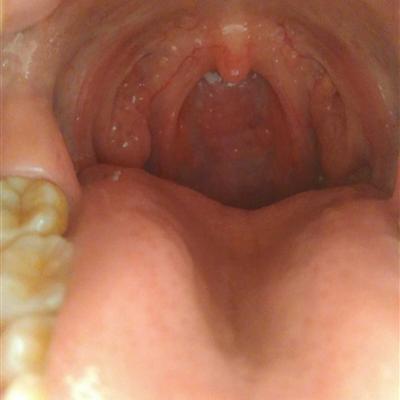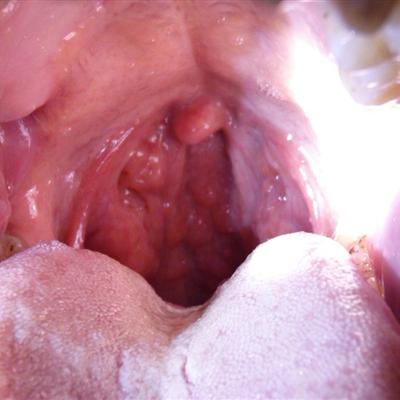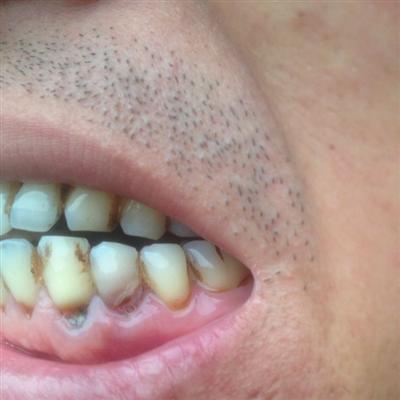How to diagnose tongue cancer metastasis to lung?
summary
The treatment of tongue cancer often take extended radical operation, as long as find out the cause of its disease, then often treatment is not very difficult. It often brings serious psychological and physiological trauma to patients, seriously damages the shape and function of tissues and organs, and affects the quality of life. In recent years, the 5-year survival rate of tongue cancer has increased to about 50% - 60% after comprehensive treatment, but it has not been significantly improved. Now let's share some information about how to diagnose the metastasis of tongue cancer to the lung? The knowledge of.
How to diagnose tongue cancer metastasis to lung?
First, it has the characteristics of high resolution, multi plane and multi sequence imaging of soft tissue, which can display the whole picture of soft tissue lesions and stereo positioning, can display the lesions early, and is superior to CT in vascular invasion and tumor staging, so it is a better imaging examination method for oropharynx. According to MRI signal and morphological changes, it is easy to find tongue cancer. Enhanced scan can further clarify the scope of the tumor, and identify the histological nature of the tumor according to the curve of enhancement with time.

Second: CT soft tissue resolution is low, it is difficult to show small or tongue body tumor, mainly show the tumor infiltration range, is the best means to judge the invasion of the cortical bone, the performance of cortical bone interruption or erosion. The CT features of normal tongue were that the tongue septum, midline and median suture were the midline, the bilateral structure was symmetrical, and the oblique longitudinal strip low-density area was sandwiched, which was the fat tissue between tongue muscles, and the location and size were symmetrical. The CT features of tongue carcinoma were round, low or slightly high density areas, and the enhancement was circular or inhomogeneous.

Third: mandibular panoramic radiographs were used to detect the destruction of the mandible bone, and chest radiographs were used to detect whether there were metastases in the lung. The size, shape, number of metastatic lymph nodes and their relationship with important blood vessels in neck were evaluated. Most of the metastatic lymph nodes were round, hypoechoic and sometimes inhomogeneous.

matters needing attention
Qualitative diagnostic criteria of tongue cancer. Under anesthesia, 0.5-1 cm tissue was cut from the junction of normal tissue and tumor for examination. The suture should not be too tight and should be removed as soon as possible. The operation was performed as soon as Kwai was diagnosed.















